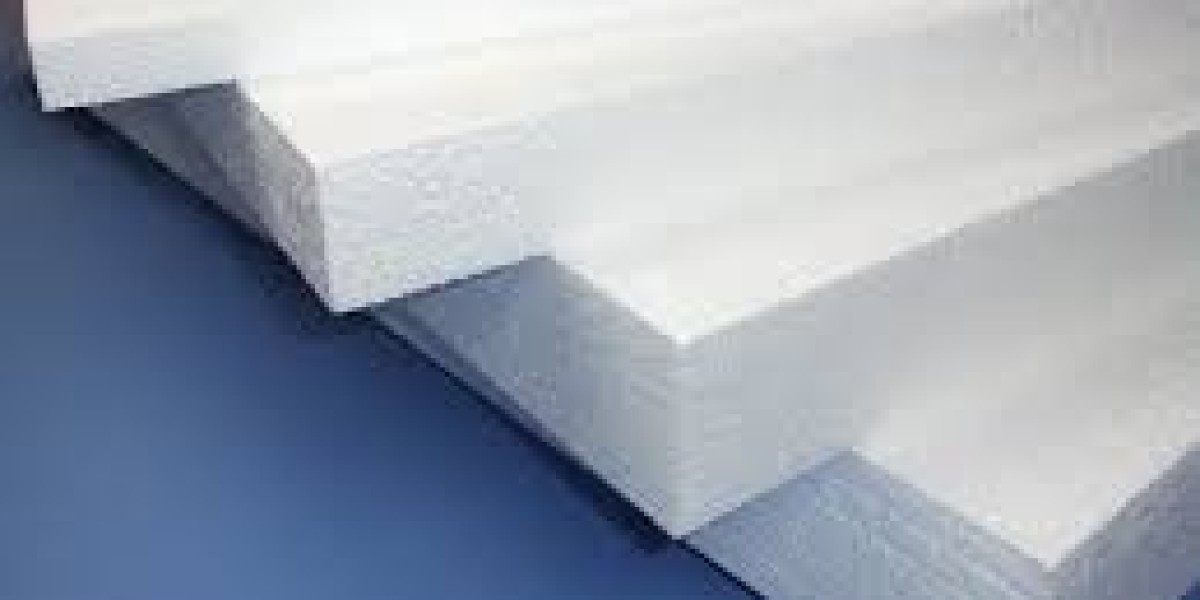The activated sludge process is a widely used wastewater treatment technology
That plays a crucial role in purifying wastewater for discharge or reuse. This process is primarily designed to remove organic matter, nutrients, and suspended solids from sewage or industrial wastewater. It can be a key component of wastewater treatment systems aimed at producing high-quality effluent for reuse.
Here's how the activated sludge process works and its relevance to wastewater reuse:
Primary Treatment: Before the activated sludge process begins, wastewater often undergoes primary treatment, which involves the removal of large debris and settleable solids. Primary treatment helps reduce the organic load entering the activated sludge system.
Aeration Tank: The heart of the activated sludge process is the aeration tank, also known as the bioreactor. In this tank, wastewater is mixed with a culture of microorganisms (activated sludge), typically bacteria and sometimes protozoa. The microorganisms feed on the organic pollutants present in the wastewater.
Aeration: Oxygen is supplied to the aeration Activated sludge process for wastewater treatment technologies wastewater reuse tank through mechanical aerators or diffusers. This oxygen is essential for the growth and metabolic activity of the microorganisms. The continuous supply of oxygen ensures aerobic conditions in the tank.
Biological Treatment: During aeration, the microorganisms break down and consume organic matter in the wastewater, converting it into biomass (new microbial cells) and carbon dioxide. This process is highly effective at reducing organic pollutants.
Clarification: After the aeration tank, the mixed liquor (wastewater + activated sludge) is directed to a clarifier or settling tank. Here, the activated sludge settles, and clarified water (treated effluent) is separated from the settled sludge.
Return of Sludge: A portion of the settled sludge is returned to the aeration tank to maintain a stable population of microorganisms. This process is called sludge recirculation or return activated sludge (RAS).
Excess Sludge Handling: The excess sludge produced during the process needs to be periodically removed and treated, often through processes like sludge thickening, dewatering, and digestion.
Wastewater reuse in the context of the activated sludge process involves additional treatment steps to ensure the effluent meets the quality standards required for the intended reuse application. This can include advanced treatment processes like filtration, disinfection (e.g., UV or chlorination), and nutrient removal (if needed). The specific requirements for wastewater reuse depend on the intended use, which can range from non-potable applications like irrigation and industrial processes to potable water supply after advanced treatment.
Key benefits of using the activated sludge process for wastewater reuse include its ability to effectively remove organic pollutants and nutrients, which is essential for producing high-quality reclaimed water. Additionally, the process is adaptable and can be upgraded with advanced treatment technologies to meet specific water quality standards for different reuse purposes, contributing to sustainable water resource management.



